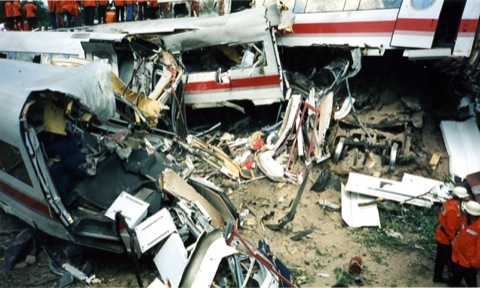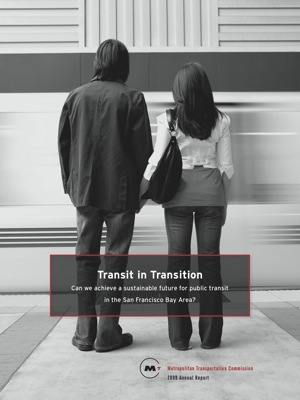Many people seem to think that high-speed rail won’t work in Florida but still makes sense in the Boston-to-Washington corridor. For example, in a commentary on Governor Scott’s decision to cancel the Florida high-speed train, Michael Barone writes in the Washington Examiner,
“I have written rather extensively about the foolishness of most high-speed rail projects. Personally, I would love to see a really high-speed train from Washington to New York, one much faster than the current Acela, with speeds comparable to those of France’s TGV and Japan’s bullet train. As a business traveler I would be willing to pay (i.e., would be willing to have my employer pay) the high fares necessary to cover all or most of the cost of such service.”









